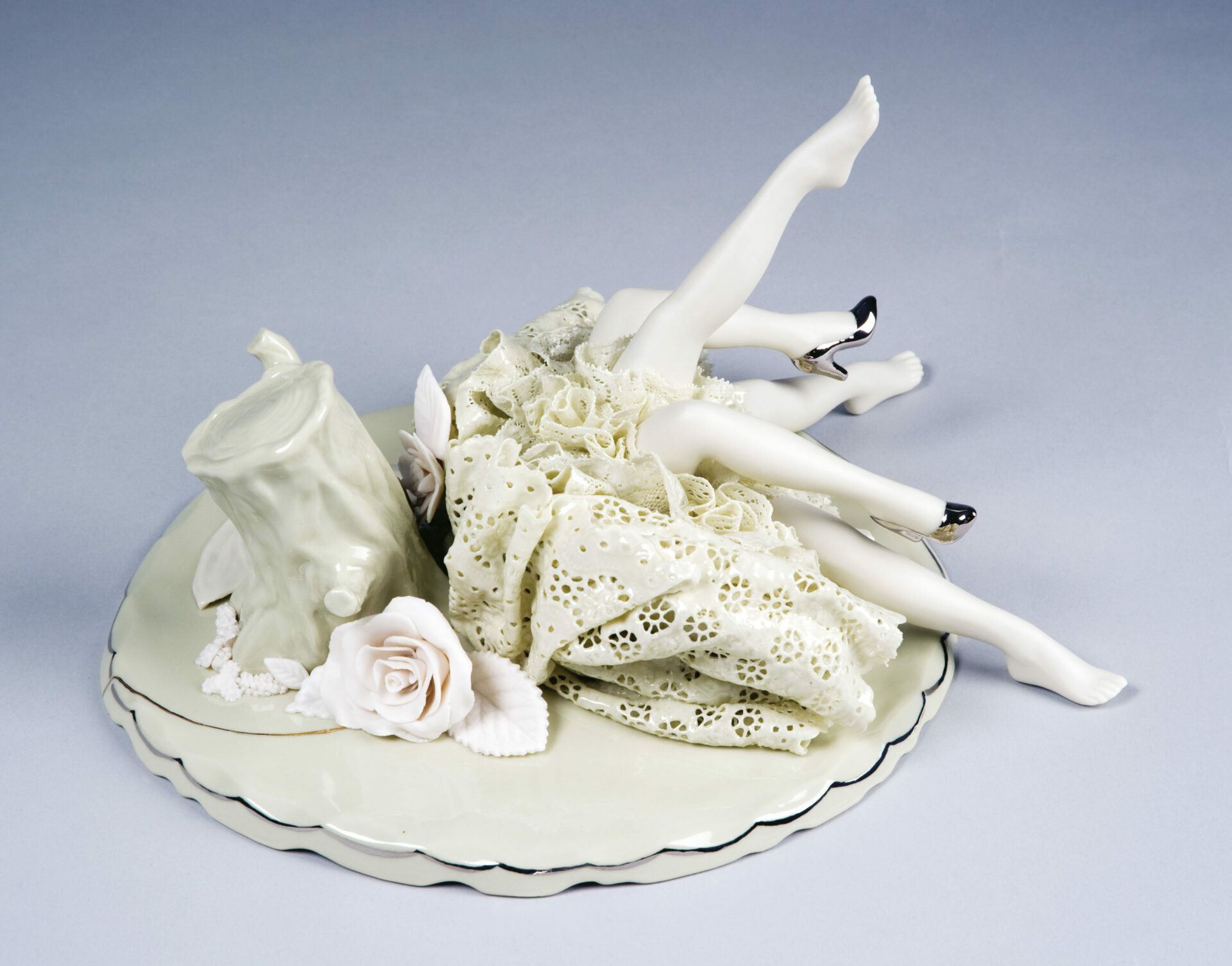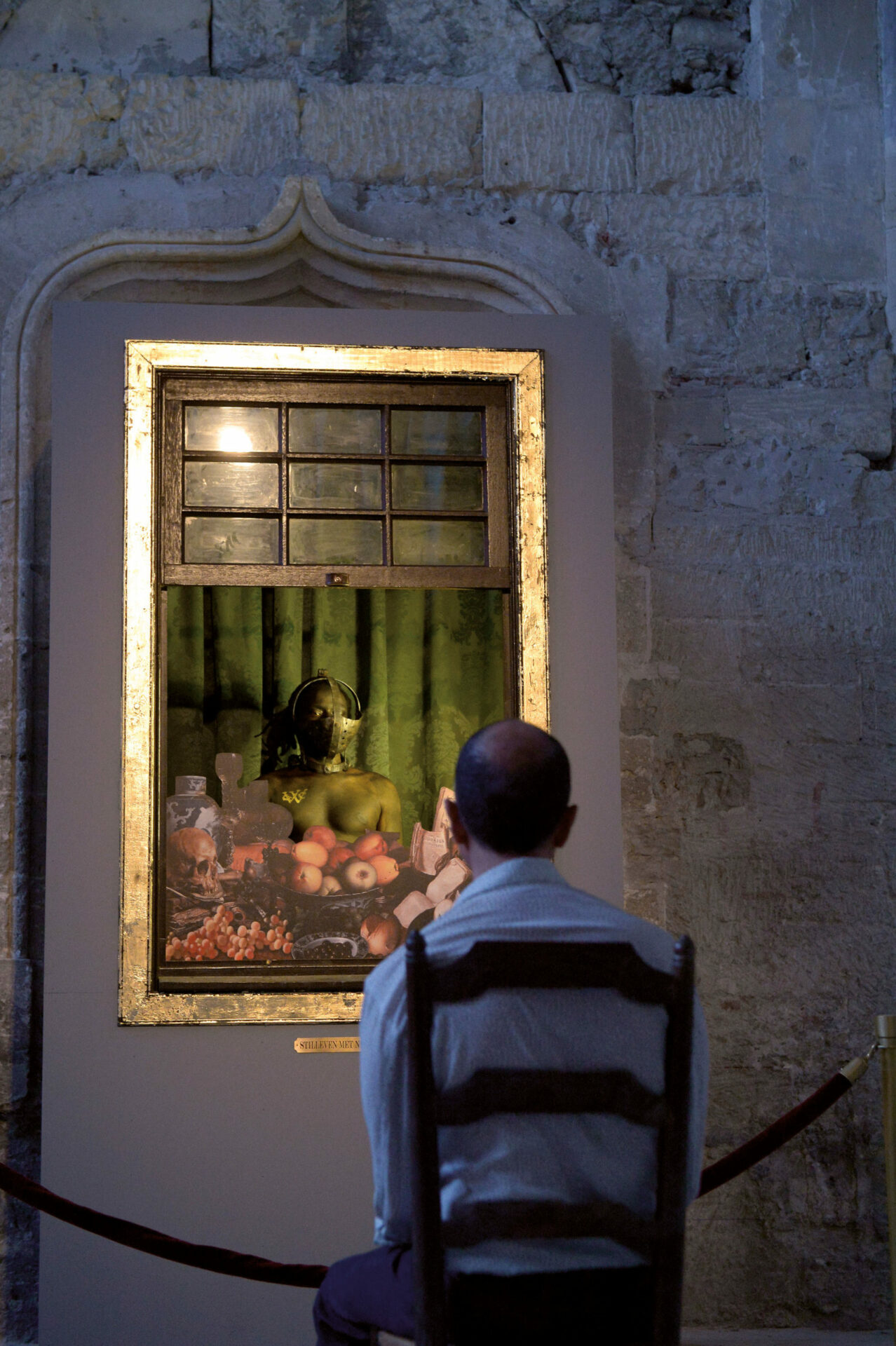
Photo : permission de l’artiste | courtesy of the artist
Disrupting Authoritarian Performance Through Bodily Resistance
Throughout the essay, Berlant unpacks what she sees as the precarious relationship that both citizens and states have with capital. Although opaque at times, especially through her use of terms such as ‘genres,’ and ‘events,’ Berlant’s ideas are most clearly revealed through her close reading of Liza Johnson’s short film In The Air (2009). The film climaxes with an awkward, campy dance routine performed by the inhabitants of a midwestern town. The dance functions as a mode of bodily resistance to the daily oppression of capitalism’s failings and what I perceive to be the state’s authoritarian performance. The collective gesture that Berlant points to in Johnson’s film is both pivotal and ambiguous; the powers that be are absent and therefore cannot be confronted directly. Rather, the dance is an act of bodily revelation and resistance in the face of an absent demand for meaningless labour.




